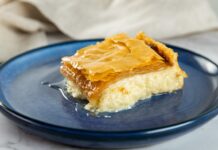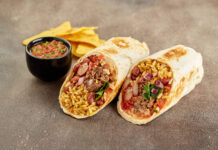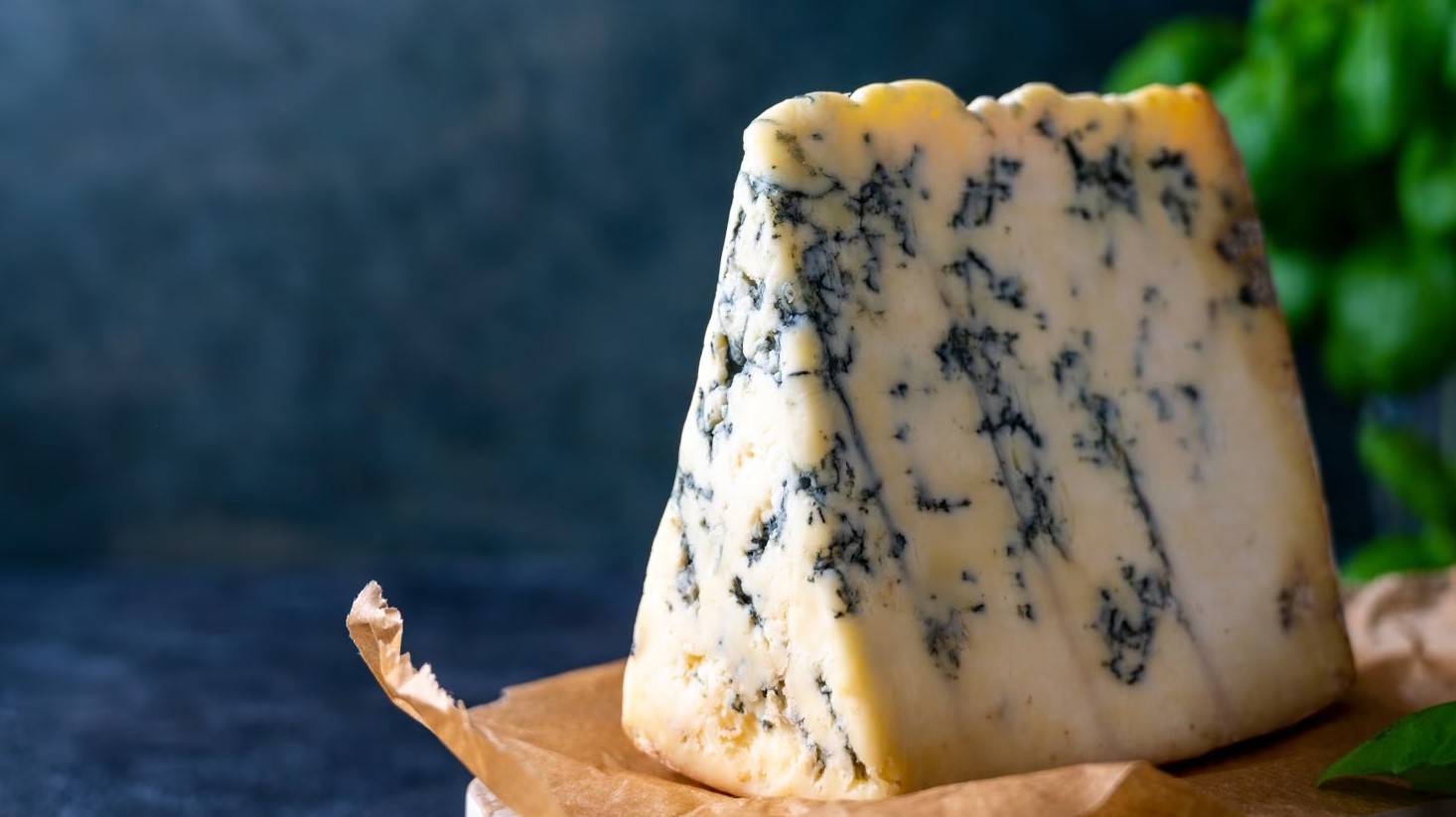
A few days ago, I was at a wine-tasting event. We all know that cheese and wine often come together. It’s a great combination. I had a chance to taste different types of cheese from all over the world. A few of them were quite amazing. They are called blue cheese. So I wanted to explore more about why it is called blue, how it is made, and all other details. Now I will share what I found.
Blue cheese gets its name from the blue-green veins that run through it, created by mold during the aging process. If you have ever wondered why it has such a straightforward name, it all comes down to those streaks and how they are formed. But there is more to the story than just appearance.
The name connects to how this type of cheese is made and its rich history. Let me break it down for you and share why blue cheese stands out in both looks and flavor.
The Real Reason It’s Called Blue
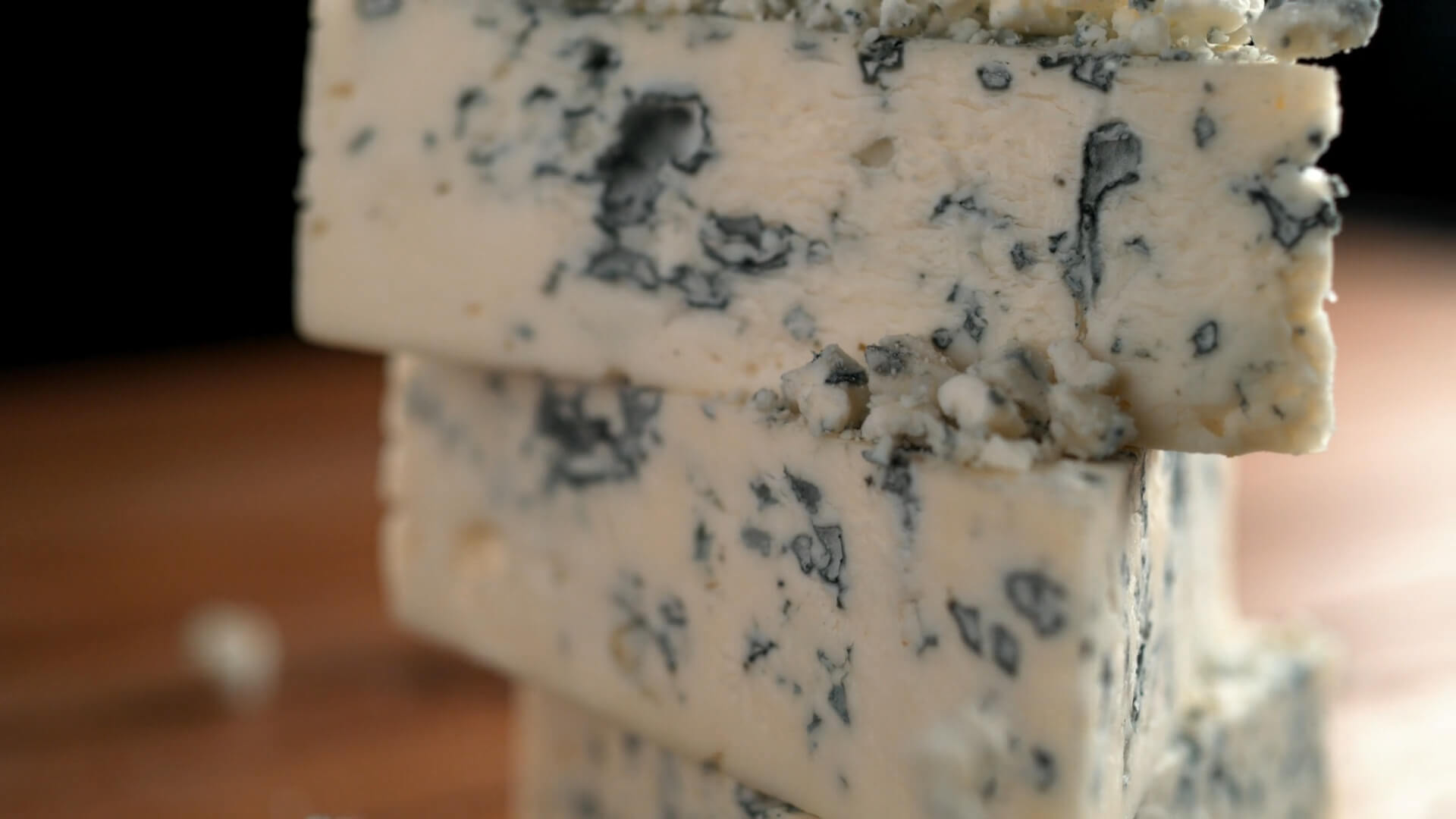
Blue cheese got its name from the blue veins running through it. The veins form due to the Penicillium mold added during the aging process. The mold not only creates the color but also gives the cheese its distinct taste. The name is simple, based on the most visible feature, making it easy to recognize.
Once the mold is mixed in, the cheese is pierced with needles to allow air inside. This step is key. The air helps the mold grow and spread through the cheese, creating those blue streaks.
Off-topic – Check out my list of best food in Brazil.
The Story Behind
The story started with an accident. Long ago, a shepherd stashed his bread and cheese in a cave for later. When he came back, mold had taken over the cheese. Instead of tossing it, he tasted it out of curiosity.
That moment sparked something that would change the way cheese was made. Caves became the perfect spots for aging, with their cool air and natural mold. What began as a chance mistake turned into a tradition.
I’ve found an even more interesting story on Forbes:
“Legend says that blue cheese was discovered in Roquefort, France, when a young man snacking on bread and cheese made from ewe’s milk saw a beautiful woman in the distance. He promptly left his meal in a relatively cool cave to approach her. When he returned to his leftovers many months later, he found the first Roquefort blue cheese.”
Famous Varieties You Should Know
It comes in many forms, each with its own distinct characteristics. While all share the signature blue veins, they differ in flavor, texture, and origin.
Roquefort
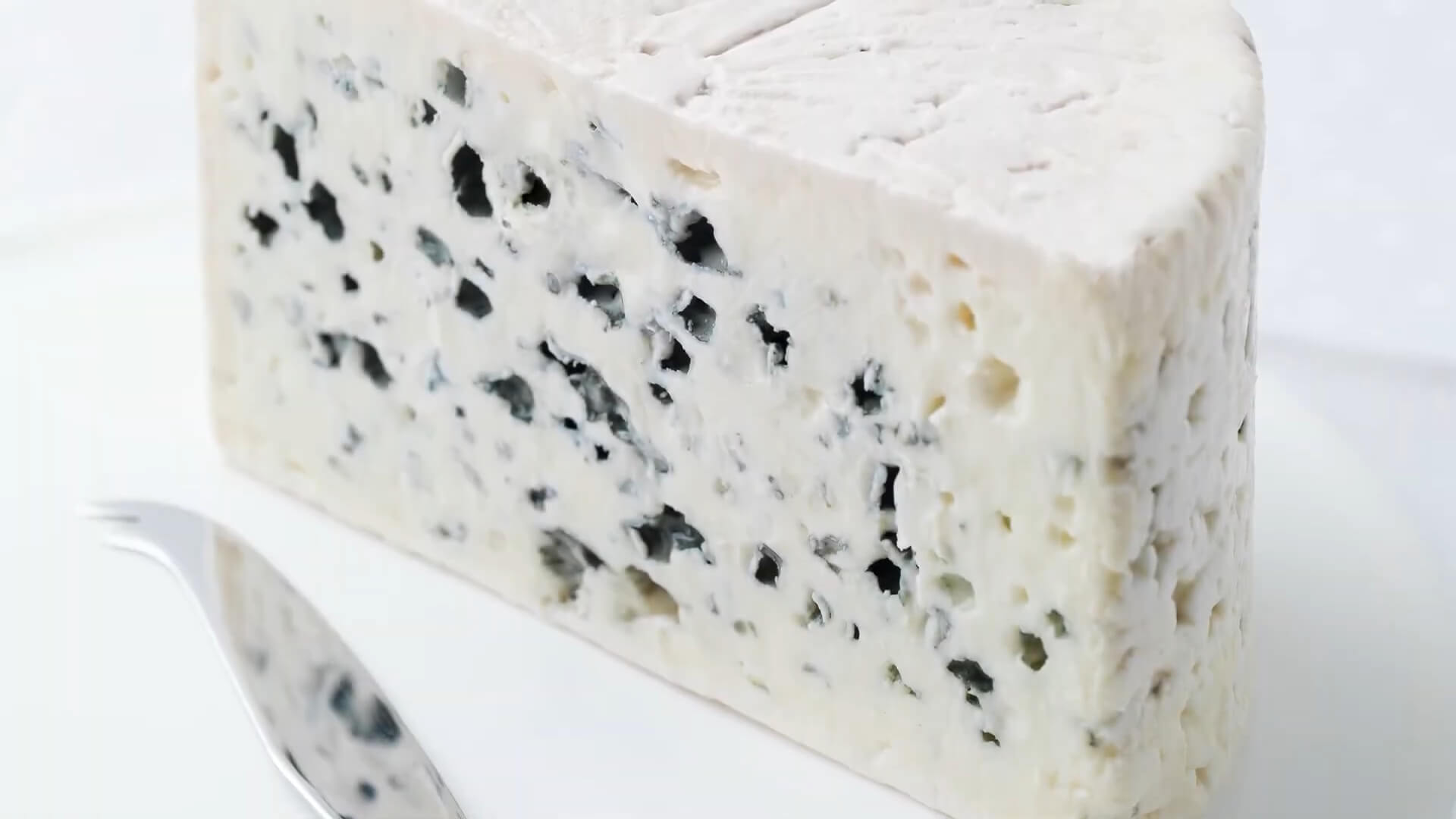
- Origin: France
- Texture: Creamy, moist
- Flavor: Sharp, tangy, with a slightly sweet finish
- Fun Fact: Traditionally aged in the natural caves of Roquefort-sur-Soulzon
Only cheese made in Roquefort-sur-Soulzon can legally be called Roquefort due to its PDO status.
Gorgonzola
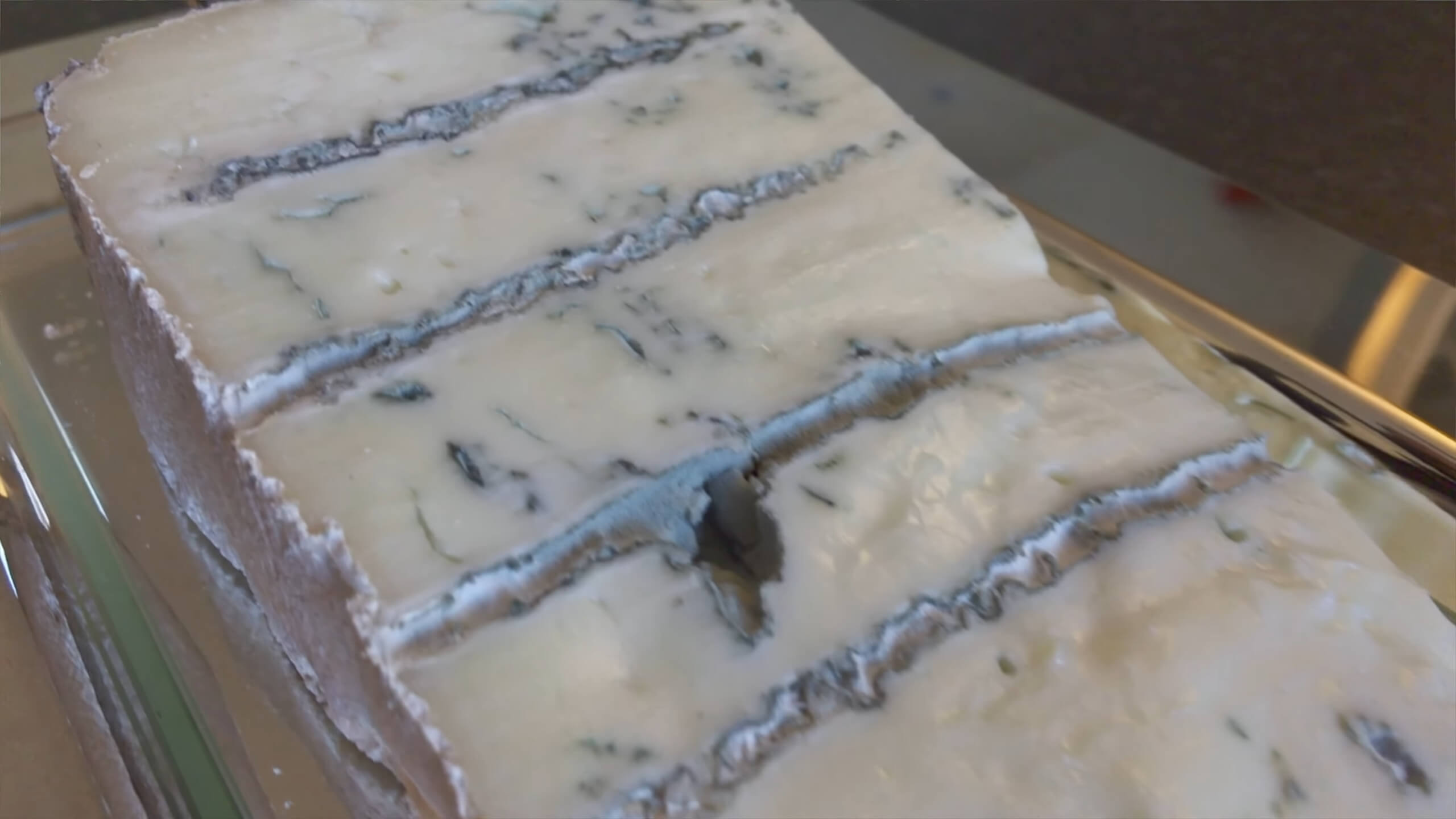
- Origin: Italy
- Texture: Soft to crumbly, depending on aging
- Flavor: Mild, with a sweet and salty balance
Hailing from Italy, Gorgonzola comes in two main varieties: Dolce, which is milder and creamier, and Piccante, which is stronger and crumblier. Gorgonzola uses Penicillium glaucum mold, which gives it a less sharp flavor compared to Roquefort.
Stilton
- Origin: England
- Texture: Crumbly yet rich
- Flavor: Milder than Roquefort, with earthy and nutty notes
A well-known British blue cheese, Stilton is made from cow’s milk and is typically creamier than its French counterpart. Stilton’s rich, tangy flavor is slightly milder, making it a popular choice for pairing with sweeter foods like figs or pears. It also has PDO protection, meaning only certain regions of England can produce it.
Cabrales
- Origin: Spain
- Texture: Semi-hard, dense
- Flavor: Strong, intense, and spicy
From the Asturias region of Spain, Cabrales is known for its intense, sharp flavor, often regarded as one of the strongest blue cheeses. Made from a mix of cow, goat, and sheep milk, it is aged in limestone caves, which give it earthy undertones.
Cabrales pair well with bold flavors like grilled meats, chorizo, or dark chocolate.
Danish Blue
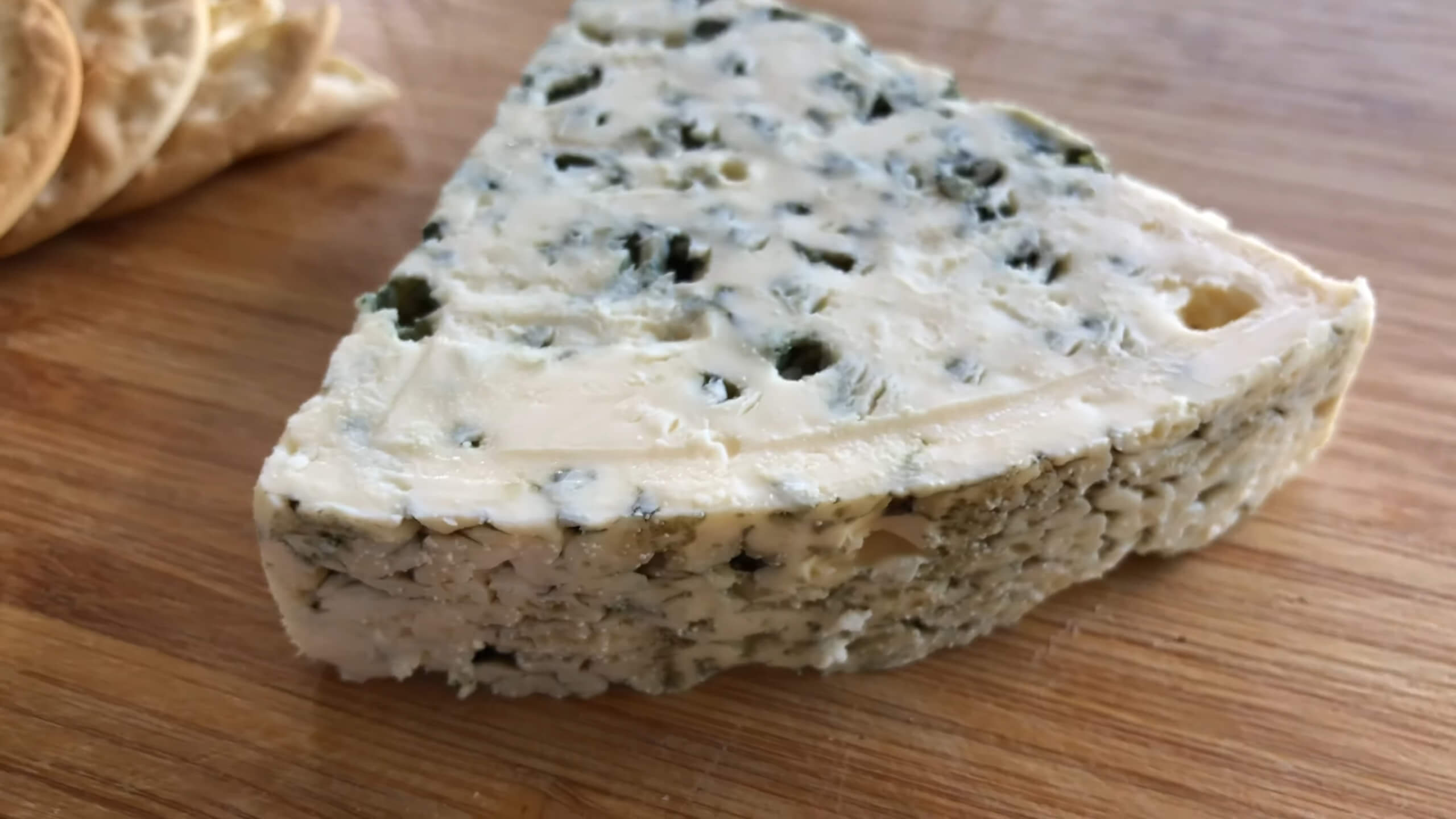
- Origin: Denmark
- Texture: Soft and creamy
- Flavor: Mild, slightly salty with a touch of bitterness
Danish Blue, or Danablu, is a cow’s milk cheese known for its crumbly texture and milder taste compared to stronger blue cheeses. It has a slight sweetness, making it versatile for cooking or enjoying with fruits like apples and pears.
If you want to explore more about some amazing recipes from all around the world, be sure to check out my selection of the best food in Bhutan.
How It is Made?
Here is a simple presentation with steps.
- Preparing the Milk
High-quality milk is selected, often from cows, sheep, or goats. The milk is pasteurized to remove bacteria, and cultures are added to begin fermentation. - Mold Introduction
Penicillium mold is added to the milk, which will later create the blue veins. The mold plays a key role in the flavor and appearance of the cheese. - Curdling
Rennet is used to curdle the milk. The curds are then cut, and the size affects the final texture of the cheese. - Shaping the Cheese
Curds are placed into molds, where they start to take shape and solidify. - Salting
Salt is added to preserve the cheese and boost its flavor. The salt also regulates moisture levels and prevents harmful bacteria. - Piercing for Air
Holes are made in the cheese to allow air inside. The air lets the mold grow, forming the blue veins. - Aging
The cheese is left to age in a controlled environment for several weeks or months, depending on the variety. During aging, the flavor develops, and the mold fully matures.
If you love spending time in the kitchen and playing around with interesting recipes, be sure to check out my recipe for fathead dough keto pizza.
Why It Pack Such a Strong Punch?
Blue cheese owes its intense flavor to how the fats in the cheese break down during the aging process. As the cheese matures, the taste becomes sharper and bolder. The kind of milk used also impacts the flavor, with sheep’s milk adding a rich, creamy texture and cow’s milk bringing a smoother taste.
The conditions where blue cheese is aged play a key role in developing its strength. For example, Cabrales is aged in cool caves, which helps boost its bold and spicy profile.
According to Healthshots, blue cheese has anti-inflammatory properties that may help reduce joint inflammation, and it can lower the risk of cardiovascular issues.
Simple Ways to Enjoy Blue Cheese
Blue cheese can be used in various dishes, adding its rich flavor to both savory and sweet meals.
Salad Topping
Crumbled blue cheese adds a salty, tangy element to salads. Its sharpness contrasts well with fresh greens, fruits like apples or pears, and dressings.
Melted into Sauces
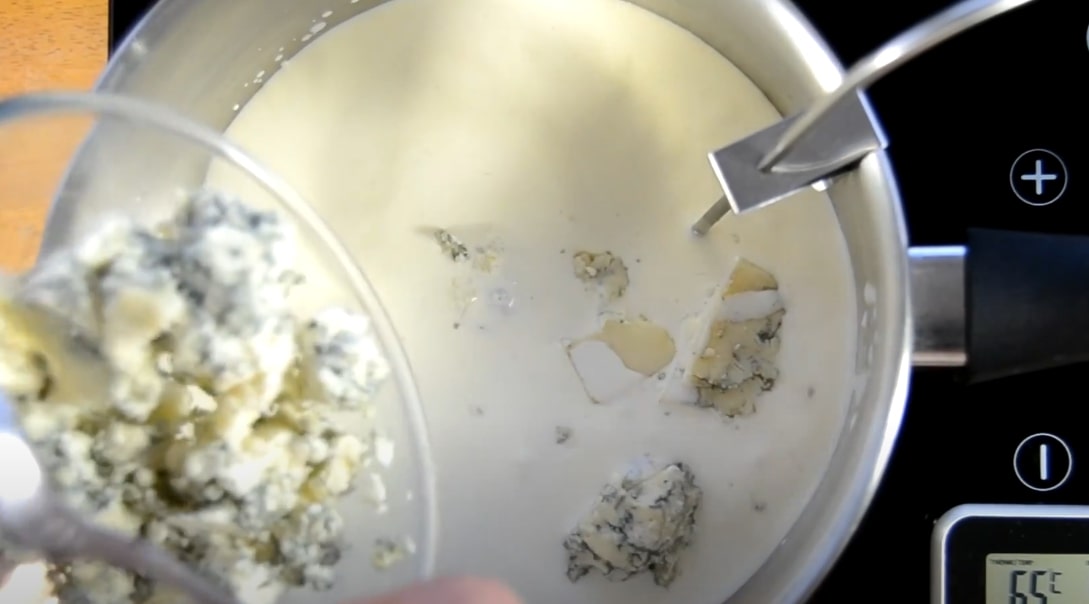
Blue cheese works well when melted into creamy sauces for pasta, steaks, or grilled vegetables. Its strong flavor blends with the sauce, adding depth and a hint of sharpness. It’s an easy way to improve a dish like pasta or roasted meats.
On Burgers or Pizza
Add blue cheese to burgers or pizza for a burst of bold flavor. As it melts, it creates a creamy, savory layer that pairs well with meats, caramelized onions, or mushrooms.
Cheese Boards and Pairings
- Fruits like figs, grapes, or apples
- Nuts such as almonds or walnuts
- Honey or Jams to add sweetness
- Bread or Crackers for added texture
Desserts
Surprisingly, blue cheese also works well with desserts. A small piece with honey or dark chocolate creates an exciting combination of sweet and salty flavors, offering a bold finish to any meal.
FAQs
Can pregnant women eat blue cheese?
Most blue cheeses made from unpasteurized milk should be avoided during pregnancy due to the risk of listeria. However, blue cheese made from pasteurized milk can be safe if it is cooked until steaming hot.
Is blue cheese good for lactose intolerance?
Blue cheese contains less lactose than many other dairy products (like double and triple cream brie, which we’ve discussed before) due to the fermentation process. Some people with lactose intolerance may be able to tolerate it in small amounts, but those with severe intolerance should consult a doctor.
How long does blue cheese last?
Blue cheese can last for about 3 to 4 weeks in the refrigerator when properly stored in an airtight container. If you notice mold outside the usual blue veins or a strong ammonia smell, it’s best to discard it.
What wine pairs best with blue cheese?
Blue cheese pairs well with wines that have sweetness or a strong body. Some good options include Port, Sauternes, or bold reds like Cabernet Sauvignon or Zinfandel.
Is blue cheese mold safe to eat?
Yes, the mold used in blue cheese is safe to eat. It is a controlled strain of Penicillium that is non-toxic and plays a key role in developing the cheese’s flavor and appearance.
Last Words
Blue cheese has a unique story and flavor. Its bold taste, rich history, and versatility in dishes make it a favorite in kitchens worldwide. Crumbled on salads, melted into sauces, or paired with sweet fruits, blue cheese brings something special to every meal.



